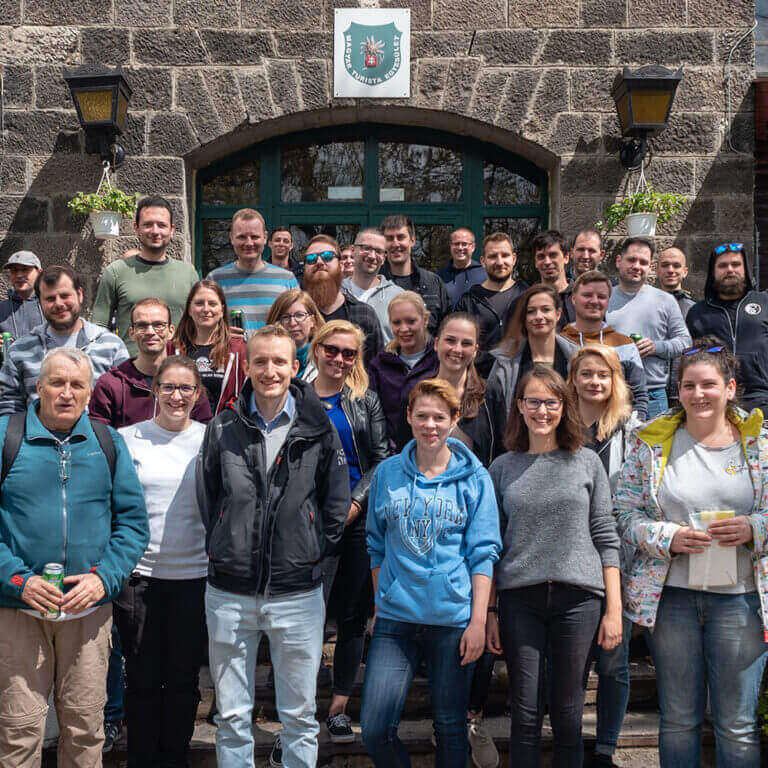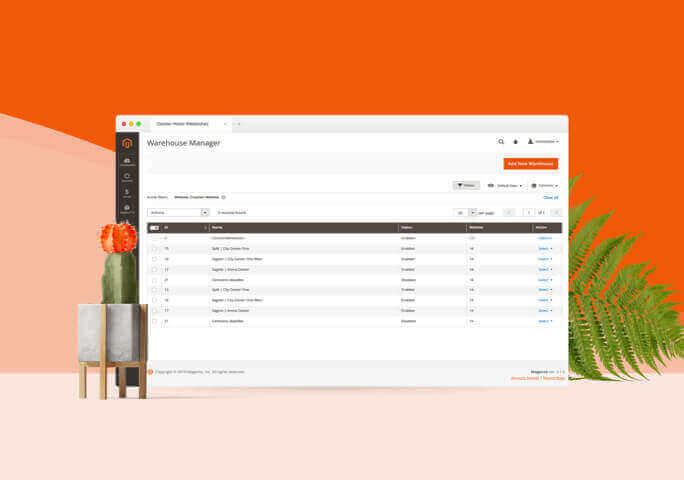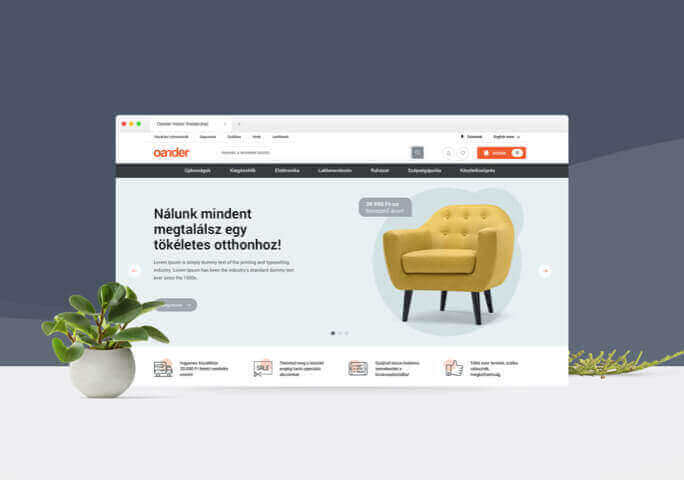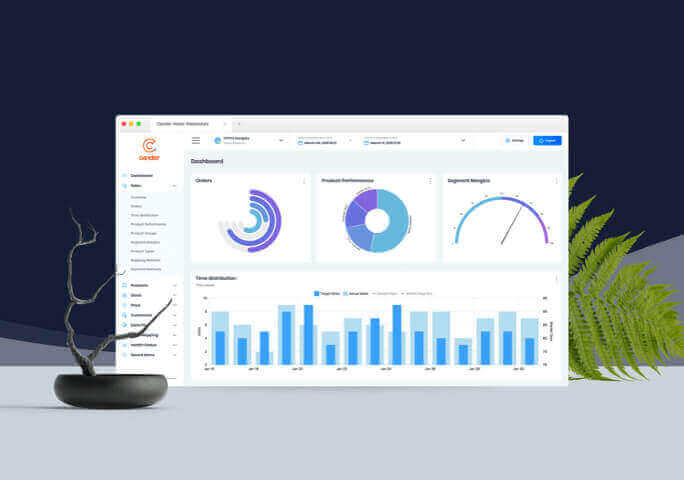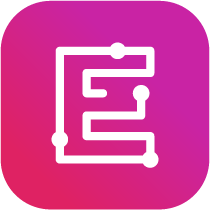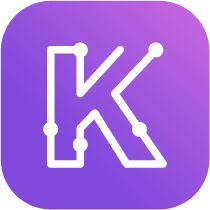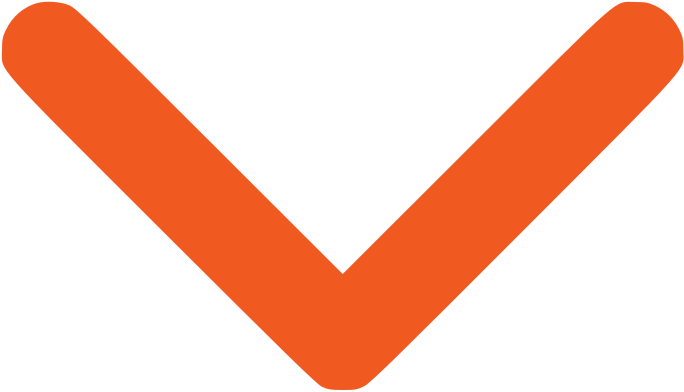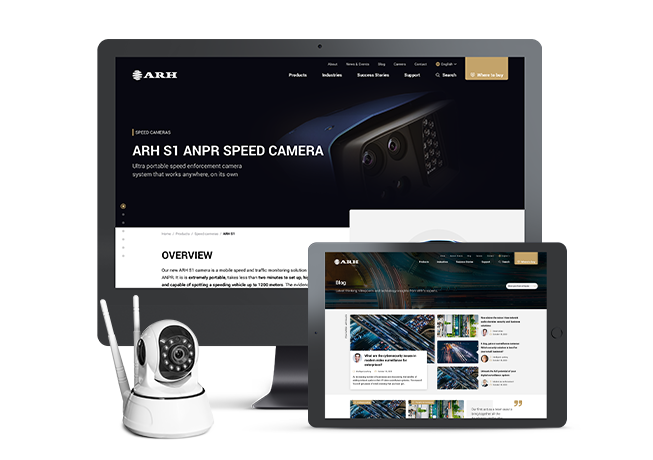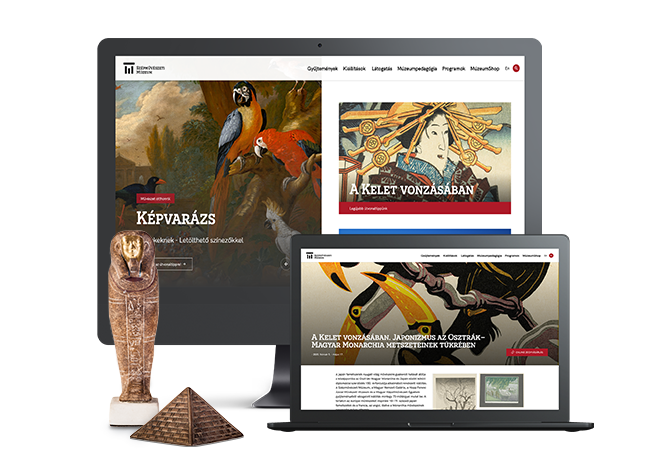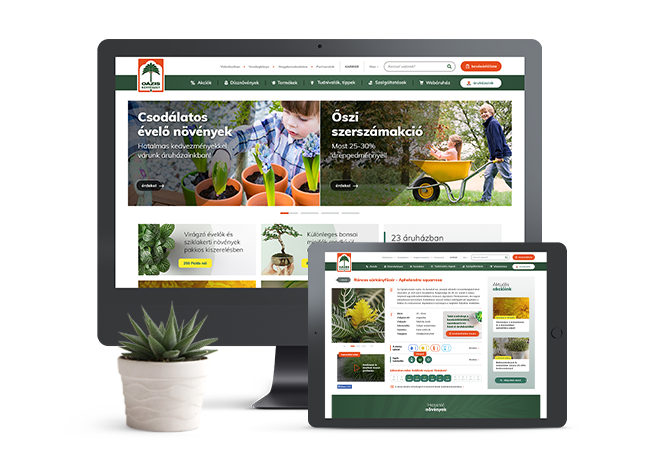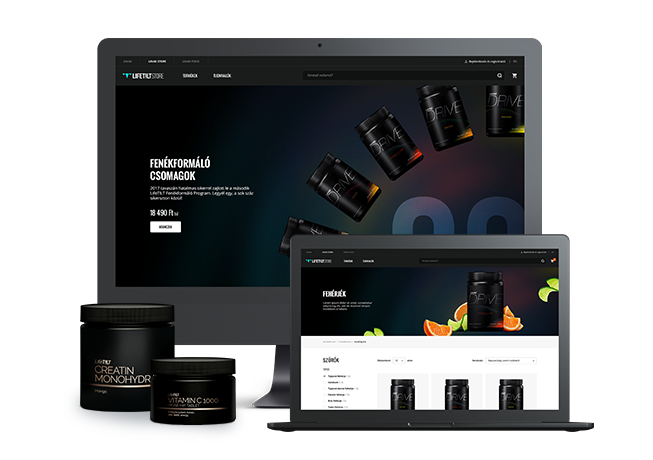
WordPress is an open-source content management system, with which we can develop well-functioning sites from corporate pages to media outlets. The budget of our open-source projects do not require system-related or additional licence fees to be added on top.
The open-source format of WordPress also guarantees flexibility and stability. It’s customisable and reliable, highlighting it’s considered ergonomic build-up and user experience. Out Team is highly skilled and has leading experience with this platform, with hundreds of successful projects behind us.
Another great advantage of the WordPress content management system is that its user interface is super easy to work with. Maintaining the website and editing its content are all done through a convenient and straightforward admin system. Anyone who’s got basic computer skills can learn how to navigate on this admin interface in a matter of hours.

A few key advantages of the WordPress engine
- Unique design: there are no limitations placed on frontend appearance with this engine. All our WordPress-based sites are one-of-a-kind, and they can accommodate for any kind of ergonomic or design solutions.
- Quick installations: with WordPress, sitebuild projects can be done quicker and in a more flexible way, than with uniquely-developed engines that are expensive to build and include additional licence fees.
- Rich functionality: WordPress is a very complex content management system, filled with ‘out of the box’ functions. With its extensive range, it’s a great foundation for corporate or for media sites.
- Modular extensions: the base functionalities of WordPress can be extended with uniquely-developed or bought plug-in applications, without harming the coherence of the source code.
- High software quality: thanks to its open-source format and the fact that it lays on solid foundations, WordPress evolves constantly thanks to innovative new solutions.
- User experience for admins: one of the greatest advantages of WordPress is its straightforward, user-friendly admin interface, which is an absolute pleasure to work with.
- Integration: the data linking solutions of WordPress are based on industry standards, making it easy to integrate it with other web applications, databases and third-party software.
Why you will love working with your Wordpress site?
Easy content publishing
In WordPress any number of sites, articles or special content pages can be created. The data structure of these can also be enriched with a limitless number of unique, additional fields. All content can be created in a similar editing page, it can be ranked, time-published or previewed. Content categorisation, labelling end enabling user interaction can all be done with a few simple clicks.
Limitless template structures
During the design and development process, any number of page templates can be created, that can have a completely different ergonomic build-up, and these can also be extended later with add-ons. This way multiple layout structures can be made (for article pages, site templates, landing pages, etc.) from which you can chose when editing and publishing. Page templates with their own unique appearance can be edited independently in the menu and can be linked to the other parts of the website by means of a banner system.
Multisite network and multilingualism
In case your company manages several sites, we can create a shared WordPress installation. With this, you can edit the pages or the site-groups that have different functions and appearance with the help of the same admin interface. This makes system maintenance possible for all sites at once, instead of doing it one by one. Our developments accommodate multilingualism and switching languages within the same site.
Access management
With the help of Wordpress’ customisable and role-based access management tool, you can control what administrators can have access to and what procedures they need to follow in order to publish content. System-level settings of the engine (such as add-on management, template changing, database export and import functions) can be blocked from lower editor functions.

The birth of a WordPress website
- Any WordPress project starts with designing the wireframes for the site, a step that should always come before designing the visual appearance. The wireframes act like the blueprints for the pages: these are layouts of the ergonomic arrangement only without the corporate visual identity, that we discuss during a planning workshop. Our clients are active participants of the process. Once wireframes are approved, we start creating the design, with which the business requirements become visible immediately. This way, we eliminate unnecessary rounds of back and forth and make more considerate choices.
- After the design layouts are signed off, it’s time to move on to frontend developments that will create the first versions of the website for browsers. These versions can be tested and trialled in different devices. At the end of this development cycle, we have a testing period that we see as a milestone in the project and that is deliberately scheduled for the middle of the whole timeline. Following the approval of the frontend design comes template development, a process with which we link WordPress and the finished sitdebuild. This is when we create custom plugins and in case it’s needed, this is when we migrate content and systems. During the process everything is carefully documented.
- At the beginning of the development process, we schedule the introduction of the finished software packages in advance. These are undergoing development unit and function testing first and it is the finished system that is being handed over for the client to test. At the beginning of the testing period, we provide training to our clients and hand over a user’s manual detailing administration functions. After the testing period and after uploading content, we proceed to business go live.


